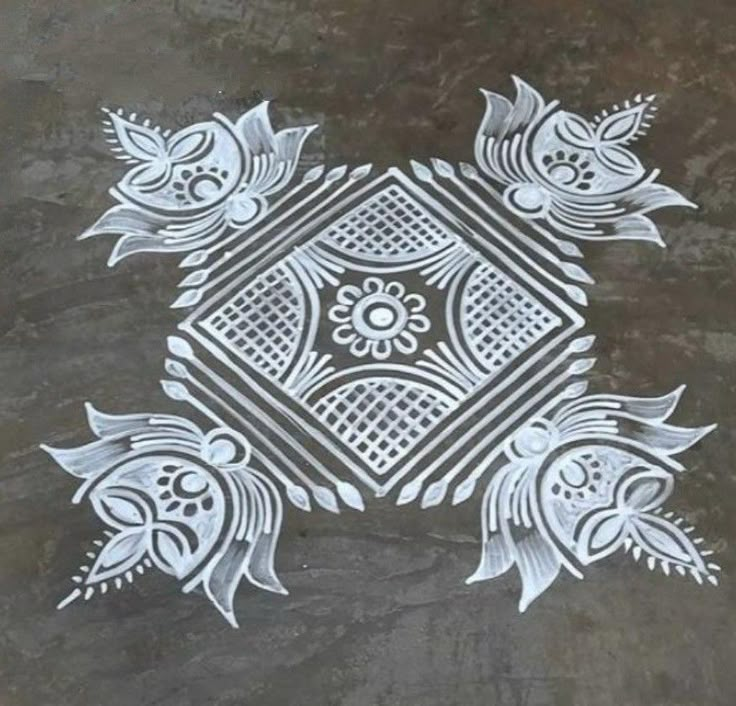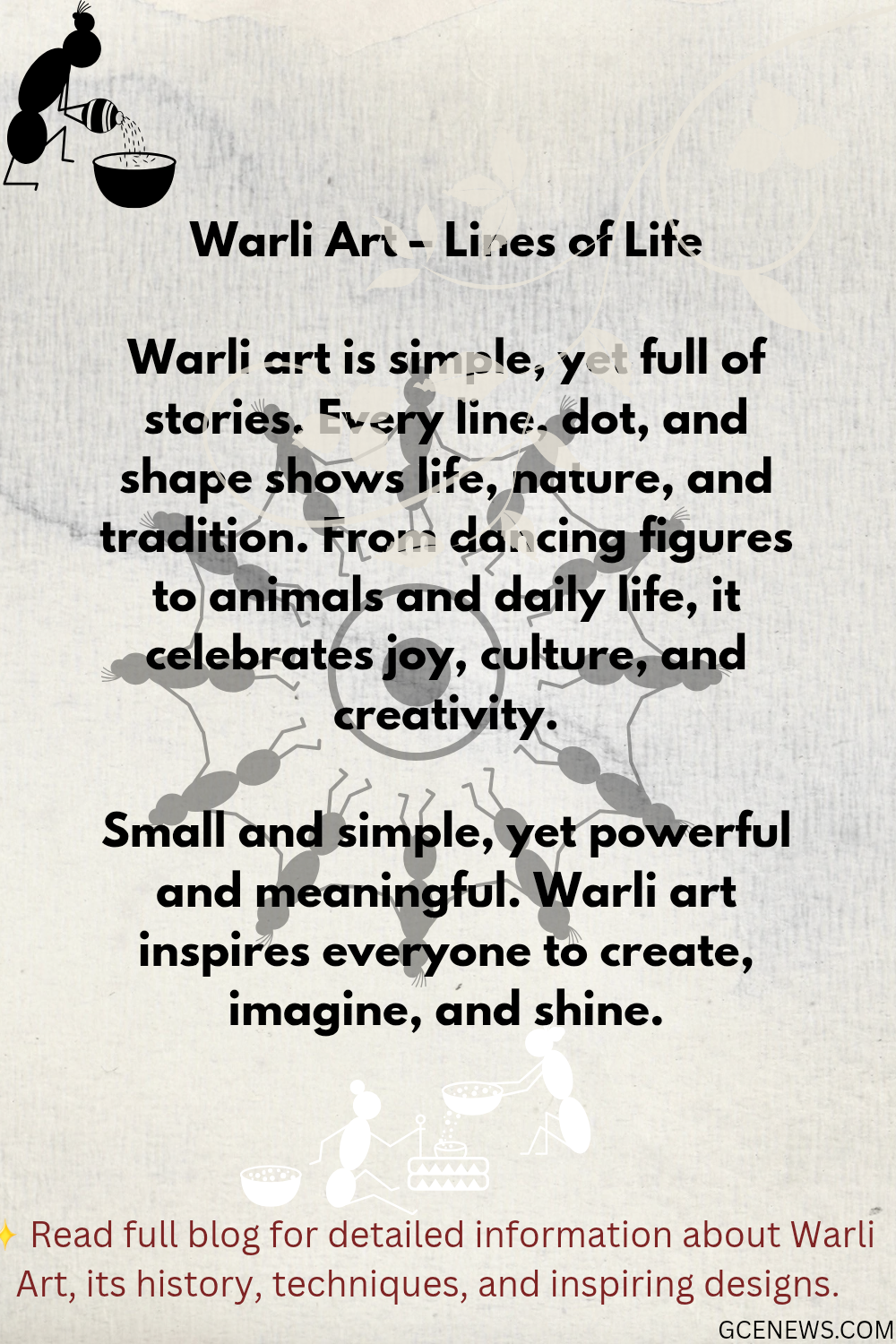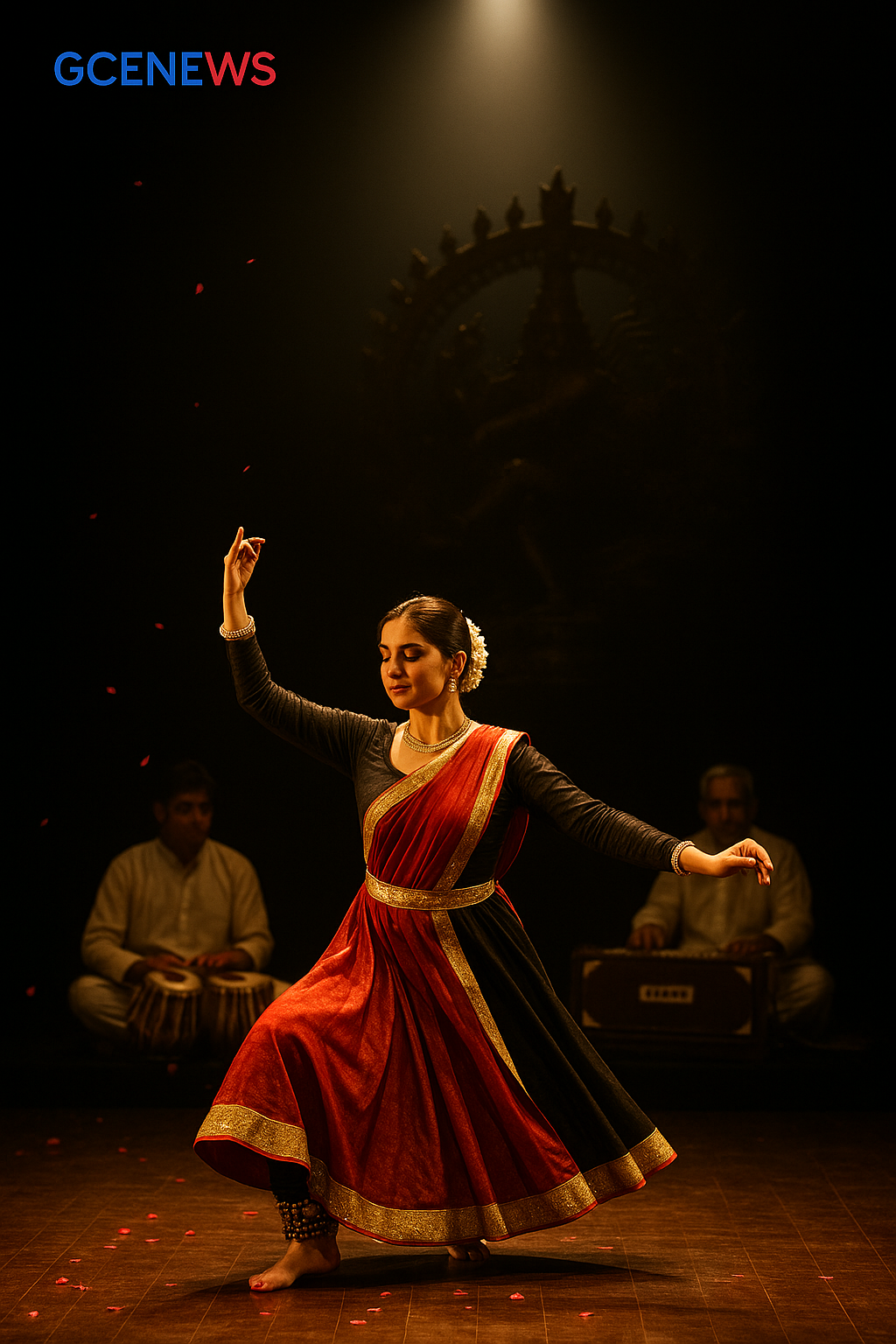Episode 3 of rangoli series

🎨 Episode 3: From Earth to Art – The Colors and Materials of Rangoli
Hi guys! I’m your writer and well-wisher, and welcome back to Episode 3 of our Rangoli series. After exploring Rangoli’s cultural significance and its beautiful regional styles across India, today we turn our attention to something that brings Rangoli to life — its materials and colors. Behind every beautiful design lies a blend of nature, tradition, and creativity. Let’s explore what makes a Rangoli truly vibrant. 🌼✨
🌾 1. Traditional Ingredients – Sacred Simplicity
In ancient times, Rangoli was created using natural and household materials, not just for beauty, but as offerings to gods and nature.
- Rice flour: Pure and auspicious, used for its simplicity
- Haldi (turmeric): For golden yellow designs
- Kumkum (vermilion): Deep red, used during sacred rituals
- Charcoal or Ash: For black outlines in village art
- Sindoor, sandalwood, and cow dung: In rural and ritualistic Rangolis like Mandana
🌱 These materials were eco-friendly, edible by ants and birds, and spiritually significant.
🎨 2. Modern Colored Powders – Bold and Bright
With time, synthetic colored powders made Rangoli more vibrant and detailed.
- Material: Colored chalk powder, stone dust, marble dust
- Colors: Red, green, orange, blue, white, yellow, pink — all pre-made and easy to use
- Advantage: Great for intricate patterns, sharp edges, and shading effects
🪔 Perfect for competitions, festive décor, and high-contrast designs.
🌿 3. Eco-Friendly & Natural Alternatives – Green is Beautiful
Many modern artists are now going back to earth-friendly choices that are biodegradable and chemical-free.
- Flower petals: Marigold, rose, lotus, hibiscus
- Leaves: Mango, neem, tulsi
- Pulses & grains: Moong, masoor, chana, rice, wheat
- Spices: Turmeric, chili powder, fennel seeds
🌸 They add texture, fragrance, and warmth to Rangoli — ideal for weddings and spiritual events.
💡 DIY Tip: Dry your own flower petals and grind them into powder at home.
🖌️ 4. Wet Rangoli – Drawn with Liquid Grace
In some regions (like Bengal and Bihar), wet Rangoli or Alpana is drawn using a paste.
- Paste: Rice flour mixed with water
- Tool: Finger, cotton cloth, or small twig
- Style: Thin, delicate lines and freehand designs
🕊️ This form is peaceful, silent, and often done in early morning hours before rituals.
✨ 5. Decorative Add-Ons – Shine with Style
To make Rangoli look extra special during festivals:
- Diyas or candles – placed at the center or borders
- Beads, sequins, mirrors – add sparkle and dimension
- Fairy lights and glitter – used in modern home decor Rangolis
- Stencils and molds – make it beginner-friendly
🌟 These turn simple designs into glowing masterpieces.
💫 Final Thoughts
Rangoli is not just about color — it’s about connection. Whether you use petals or powder, fingers or stencils, every design is a silent offering of joy, welcome, and peace. The materials you choose reflect your values — eco-consciousness, tradition, or creativity.
Coming up in Episode 4: We’ll explore Rangoli designs for different festivals — how patterns change for Diwali, Pongal, Holi, and more.
This is your writer and well-wisher, signing off for now.
Color your home, color your heart.🌿🎨




